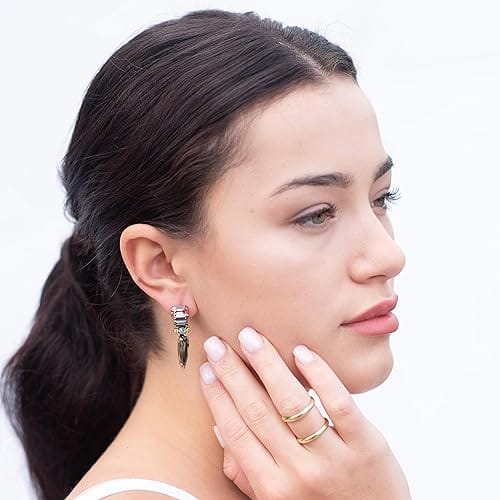Key Takeaways:
- Understanding the Type of Earrings: Different earrings require different removal techniques.
- Importance of Hygiene: Maintaining cleanliness is crucial to avoid infections.
- When to Seek Professional Help: Knowing when to consult a professional body piercer can prevent complications.
Introduction to Permanent Piercing Jewelry
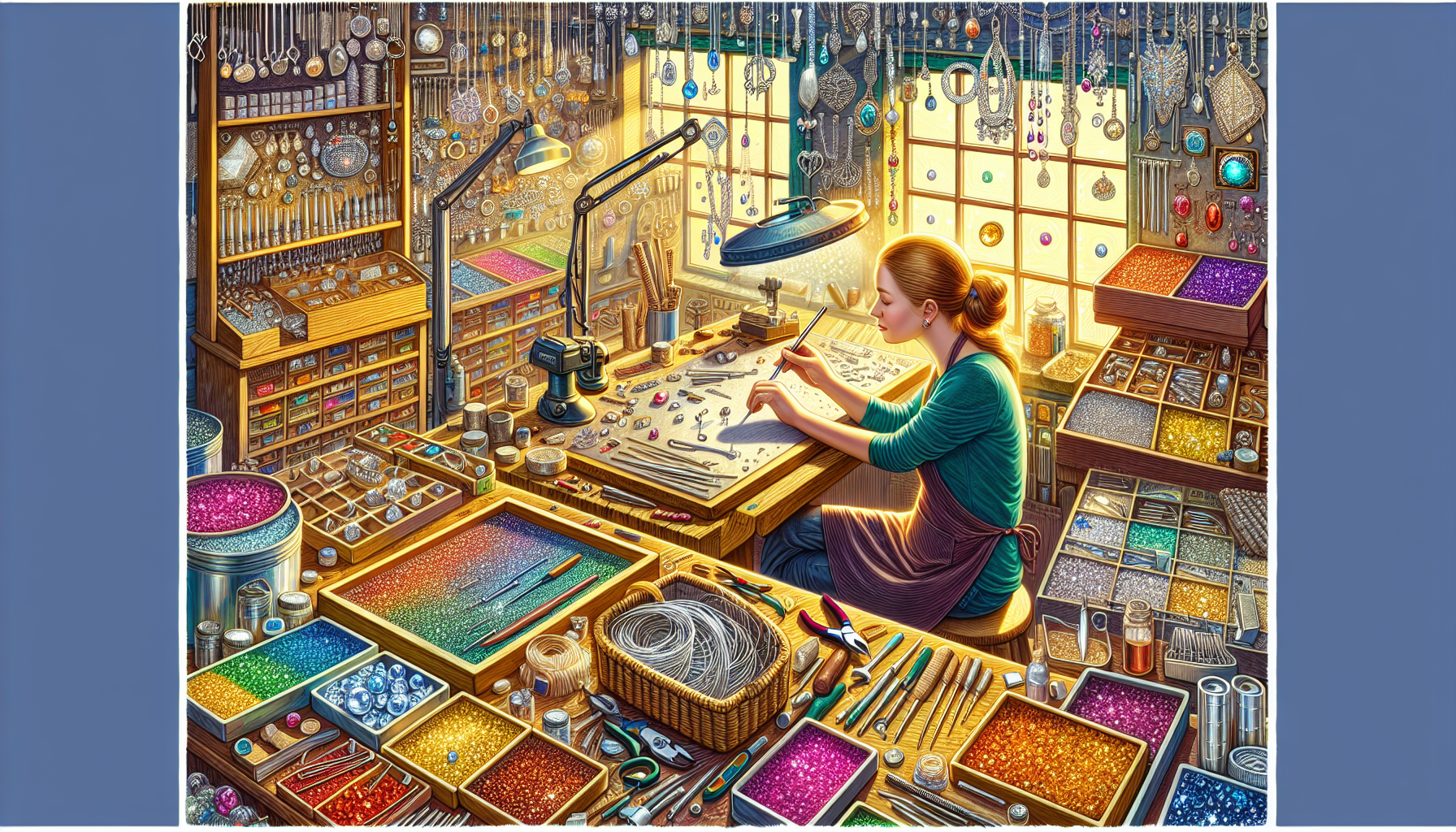
Permanent earrings, often seen as a decorative piece, are a popular choice for those who want lasting adornment. However, the process of removing them can be daunting if not done correctly. Whether you’re dealing with flat-back earrings, captive bead rings, or other types of piercing jewelry, understanding the right techniques is essential to avoid complications and ensure the piercing site remains healthy.
The journey of ear piercing doesn’t end once the earrings are in place. Getting ears pierced can be an exciting experience, but it also comes with challenges, especially when wearing flat-back earrings. Over time, you may wish to change your piercing earrings for new jewelry or simply give your ears a break. Knowing how to safely remove these earrings is crucial, especially if they have been in place for a long time and the piercing is fully healed.
Types of Permanent Earrings
Different types of earrings require different removal techniques. For instance, flat-back earrings are designed to be secure and may require a firm grip to remove. When removing flat backs, it is important to be gentle to avoid skin irritation and swelling. On the other hand, captive bead rings involve a bead that needs to be gently twisted to release the ring. Understanding the type of earring you have is the first step in the removal process.
Threaded earrings, often used in body piercing, require unscrewing the decorative piece from the post. This can be tricky if the earring has been in place for a long time, as the threads may have become tight. Knowing the specific type of earring you are dealing with will help you apply the correct technique and avoid unnecessary discomfort.
Preparing for Earring Removal
Before attempting to remove your earrings, it’s essential to prepare the area to avoid complications. Start by washing your hands thoroughly with soap and water. This step is crucial to prevent the introducing of bacteria to the piercing site, which could lead to infection. Wearing latex gloves can provide a better grip and further reduce the risk of contamination.
Next, clean the area around the piercing with a saline spray or wound wash. This helps to remove any debris or buildup that may have accumulated around the earrings. If the piercing is not completely healed, applying a small amount of antibiotic ointment can help protect the area during the removal process. Maintaining health and integrity during the healing process after removing earrings is vital to prevent infection and ensure the piercing continues to heal effectively.
Techniques for Removing Different Earrings
For flat-back earrings, hold the front of the earring with one hand and the back with the other. Gently twist the back while pulling it away from the ear. This method requires patience and a steady hand to avoid damaging the skin around the piercing. If the flat back earring feels stuck, applying a small amount of petroleum jelly can help loosen it. Proper technique and gentle handling are crucial to avoid irritation and pain during removal.
Captive bead rings require a slightly different approach. Hold the ring firmly and gently twist the bead until it comes loose. Once the bead is removed, the ring can be easily taken out. It’s important to be gentle during this process to avoid causing any trauma to the piercing site.
Hygiene and Aftercare for Healed Piercing
Maintaining hygiene during and after the removal process is vital to prevent infections. Once the earrings are removed, clean the area with hydrogen peroxide or a saline solution to disinfect the piercing site. This step is especially important if the piercing is not fully healed.
After cleaning, apply a small amount of antibiotic ointment to the area to promote healing. Avoid sleeping on the side of the removed piercing to prevent irritation. If you notice any swelling or redness, it may be a sign of infection, and professional help should be sought immediately.
For a new piercing, it is crucial to ensure the piercing has healed correctly before changing jewelry. Follow proper aftercare steps to safely remove and replace earrings without causing trauma or infection.
When to Seek Help from a Professional Body Piercer
Sometimes, despite your best efforts, removing permanent earrings can be challenging. If you encounter resistance or experience pain during the removal process, it is advisable to seek professional help. A professional body piercer has the tools and expertise to safely remove the earrings without causing damage to the piercing site.
Additionally, if you notice any signs of infection, such as excessive swelling, redness, or discharge, consulting a professional is crucial. They can provide the necessary treatment to prevent further complications and ensure the piercing heals properly.
Tips for Avoiding Complications
To avoid complications during the removal process, ensure that the piercing is completely healed before attempting to remove the earrings. A healed piercing is less likely to experience irritation or infection. If you’re unsure whether your piercing is fully healed, consult a professional body piercer for advice. It is also important to select high-quality jewelry, such as sterling silver, 18k gold, or titanium, to ensure a safe and healthy healing process for new piercings.
When removing earrings, always use a firm grip and avoid pulling too hard, as this can damage the skin. If you’re dealing with threaded earrings, remember to unscrew them in the same way they were put in. This will prevent the threads from becoming damaged and make the removal process smoother.
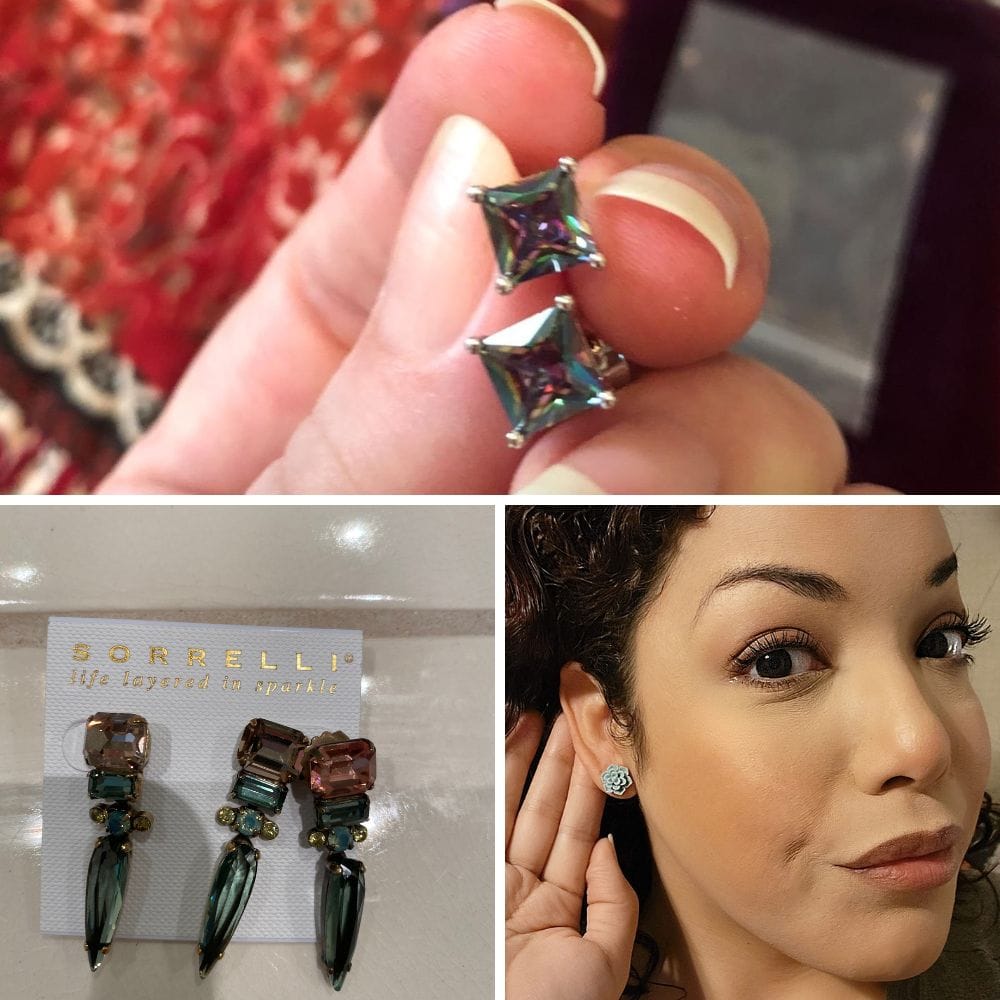
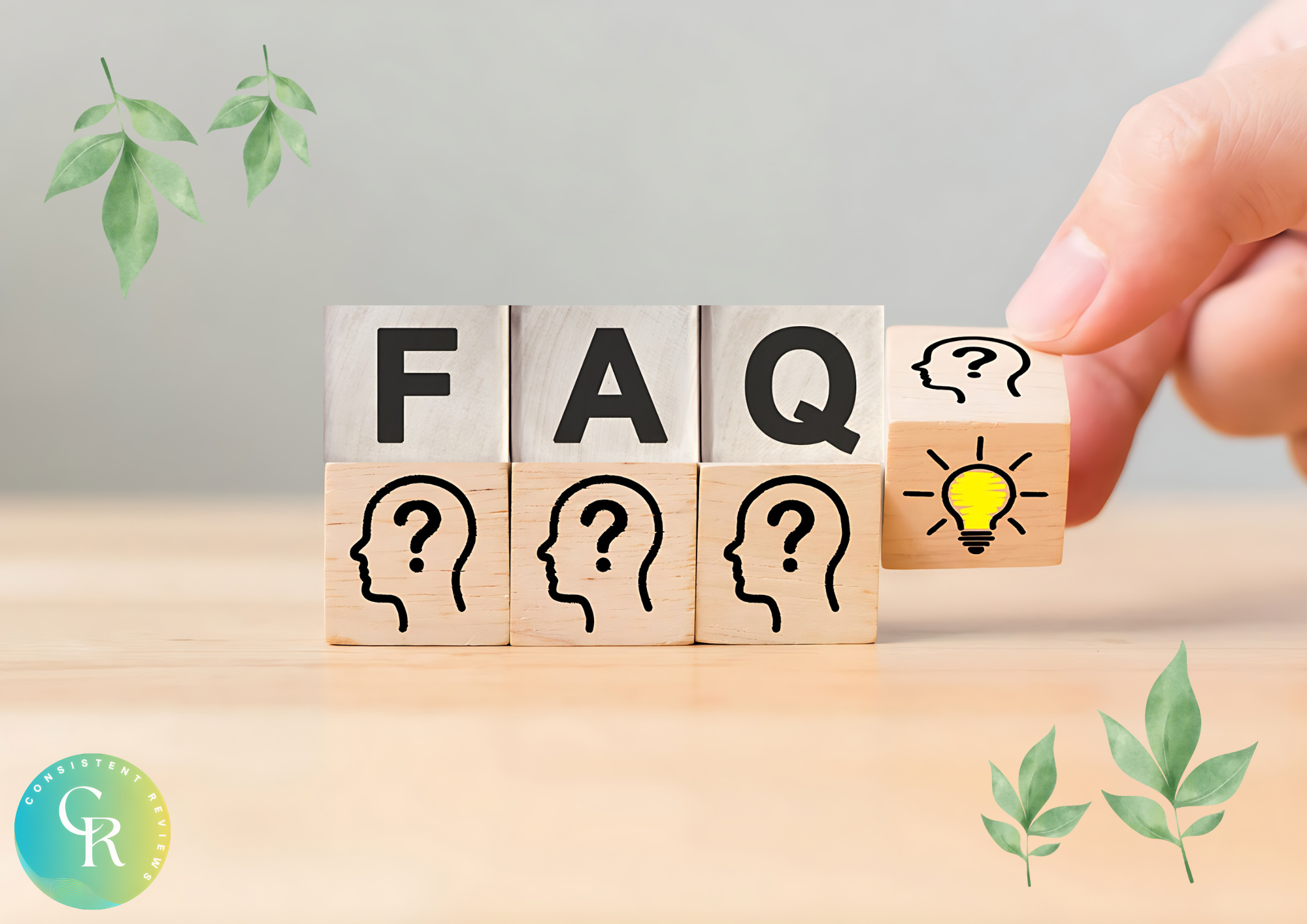
How do I know if my piercing is fully healed?
A fully healed piercing will not be tender or swollen and will have no discharge. It typically takes several weeks to months, depending on the location and type of piercing.
Can I use regular soap to clean my piercing?
It's best to use a saline solution or wound wash specifically designed for piercings, as regular soap can irritate the area
What should I do if my earring is stuck?
If your earring is stuck, try applying a small amount of petroleum jelly to loosen it. If it still won't budge, seek professional help to avoid damaging the piercing site.
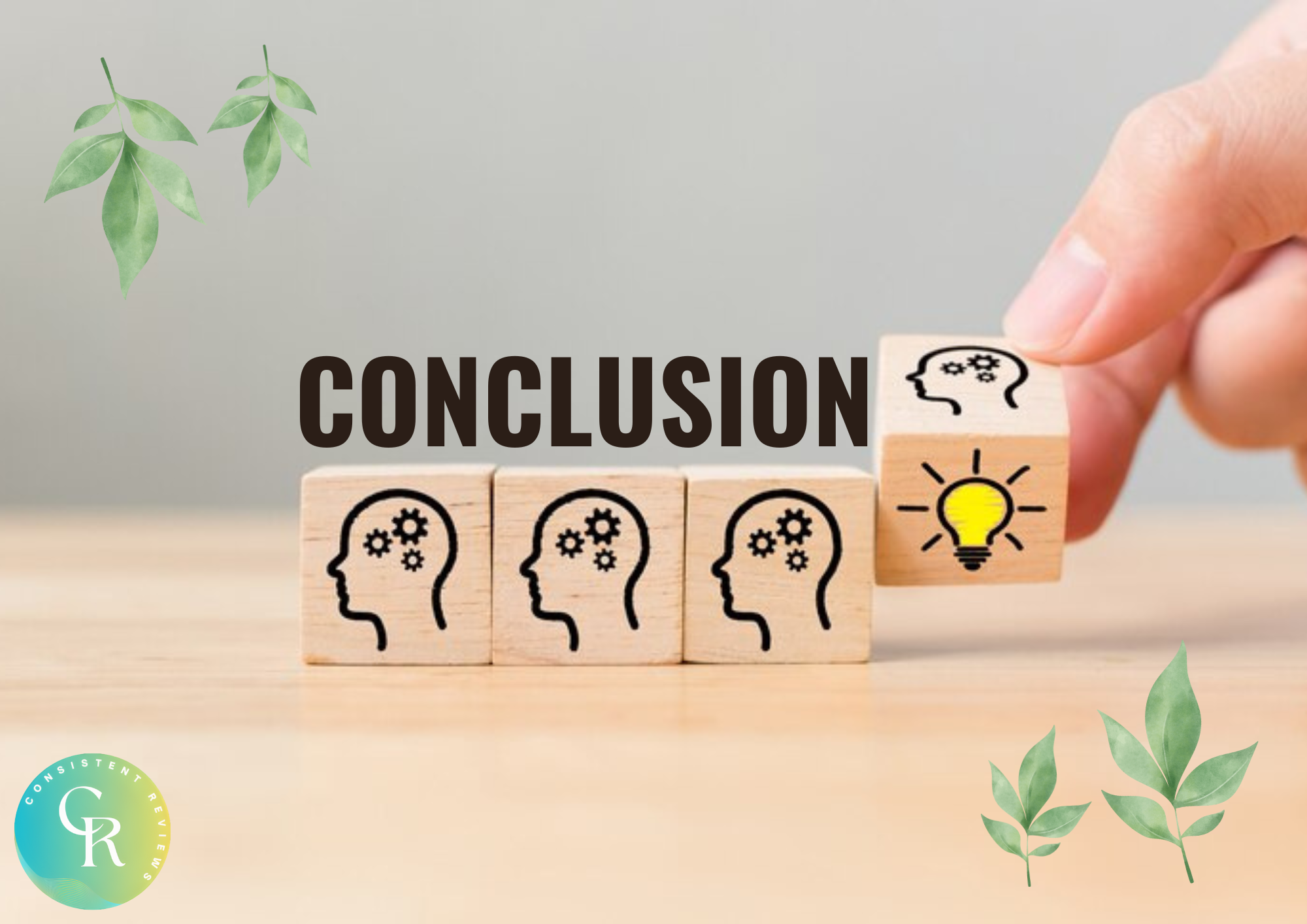
Removing permanent earrings requires careful attention to detail and hygiene. By understanding the type of earrings you have and preparing the area properly, you can safely remove them without causing damage to the piercing site. Always prioritize cleanliness and seek professional help if you encounter any difficulties or signs of infection.



